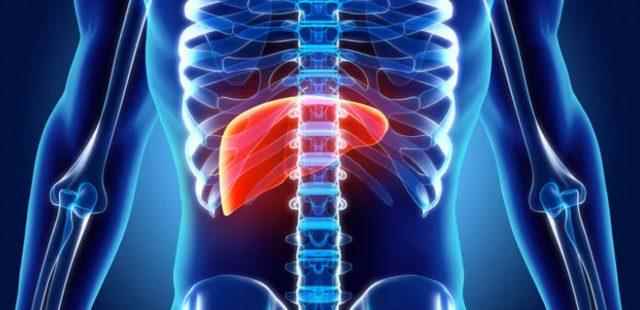NASH, known as fatty liver disease, causes inflammation of the liver over time, leading to cirrhosis. Although cirrhosis and liver diseases are generally thought to be caused by alcohol, NASH is a fatty liver disease that does not develop due to alcohol. Although NASH is a disease that progresses insidiously in many people, he stated that people with this disease see the same symptom.
ATTENTION TO MUSCLE LOSS
Muscle wasting is considered one of the “main complications” of end-stage liver disease. According to the World Journal of Gastroenterology, its incidence has been shown to increase as the condition progresses. The journal announced in 2015 that muscle wasting is defined as progressive and widespread loss of muscle mass. “Muscle wasting is a common feature of chronic liver disease found in approximately 40 percent of patients with cirrhosis. Liver cirrhosis is a critical health issue associated with many complications, including skeletal muscle atrophy, that adversely affect patients’ clinical outcomes independent of liver function.”

“However, the exact mechanism underlying the muscle atrophy caused by liver cirrhosis has not been elucidated.” Various mechanisms have been proposed to elucidate the role of muscles in liver cirrhosis. One of the main causes of muscle wasting in cirrhosis is that patients enter the catabolic phase overnight. This stage of hunger occurs four to twelve hours after a meal due to limited glycogen stores in the liver.
NAUSEA AND EARLY SATISFACTION CAN ALSO BE A Stimulant

When the body enters a catabolic state, it breaks down in both fat and muscle or loses its overall mass. Impaired muscle protein synthesis is also believed to contribute to the progression of muscle wasting in liver disease. Other potential causes may include nausea and early satiety caused by acid buildup, or a bowel movement disorder that contributes to poor food intake in these patients. Finally, inadequate digestion is another important component of decreased intestinal absorption in these patients.
MAY CAUSE AN ARM OR LEG LOOK SMALL

According to the Cleveland Clinic, muscle wasting due to liver disease can cause one arm or leg to appear smaller than the other. Likewise, a person may experience weakness or numbness and tingling in one of the limbs. In general, as muscle atrophy worsens, individuals find it increasingly difficult to swallow, speak, walk or keep balance. Unfortunately, symptoms can be slow to develop in liver disease, which means they usually appear in the later stages.
